Libraries have long been at the heart of human civilization, preserving knowledge, culture, and history across generations. From ancient clay tablets to early manuscripts, these collections offered insight into the beliefs, science, and stories of their time. Today, they stand as remarkable relics of early scholarship, showcasing humanity’s enduring quest for learning and understanding. Here, we explore some of the world’s oldest libraries, each with its unique role in shaping the legacy of knowledge.
The Royal Library of Ebla
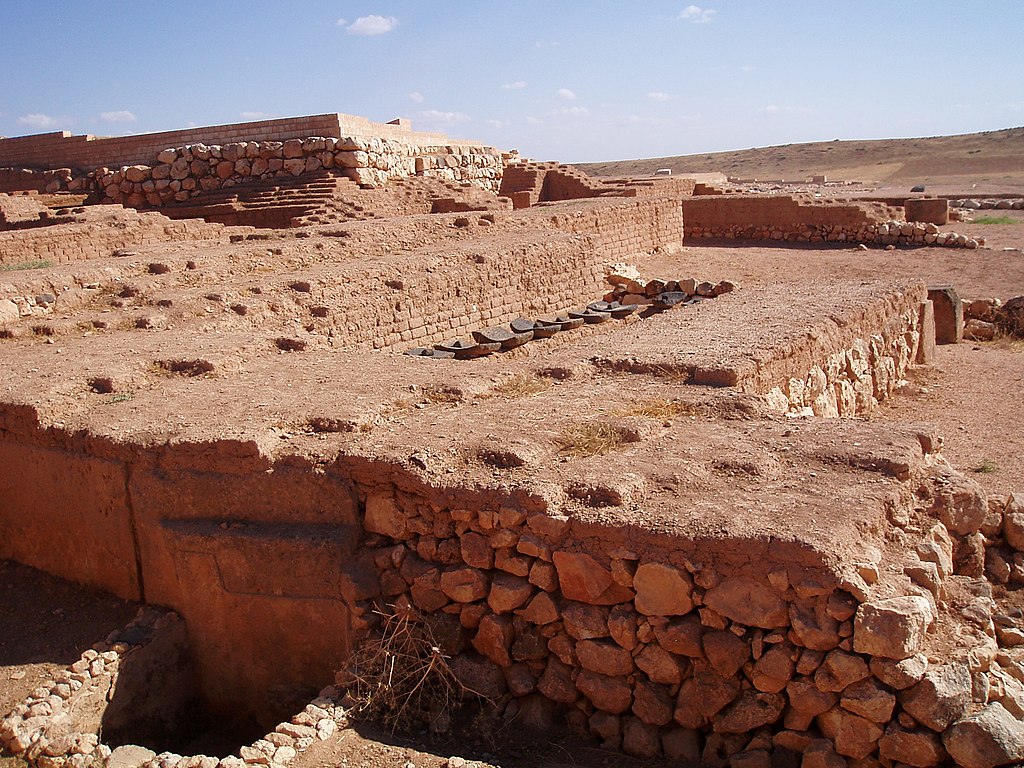
Established between 2500 and 2250 BCE, the Royal Library of Ebla is considered one of the earliest known libraries. Located in the ancient city of Ebla, near modern-day Mardikh, Syria, it was discovered in the 1970s by Italian archaeologists. The excavation unearthed approximately 2,000 complete clay tablets and around 4,700 fragments, providing invaluable insights into early Mesopotamian civilization. These tablets, inscribed in Sumerian and Eblaite languages, covered topics such as administration, economy, law, and literature. Its organization was notably systematic, with tablets arranged by subject matter. Although the physical structure no longer exists, the recovered tablets are preserved in various museums, offering a glimpse into ancient scholarly practices. The discovery of the Ebla Library significantly advanced our understanding of early writing systems and administrative practices.
The Library of Nippur
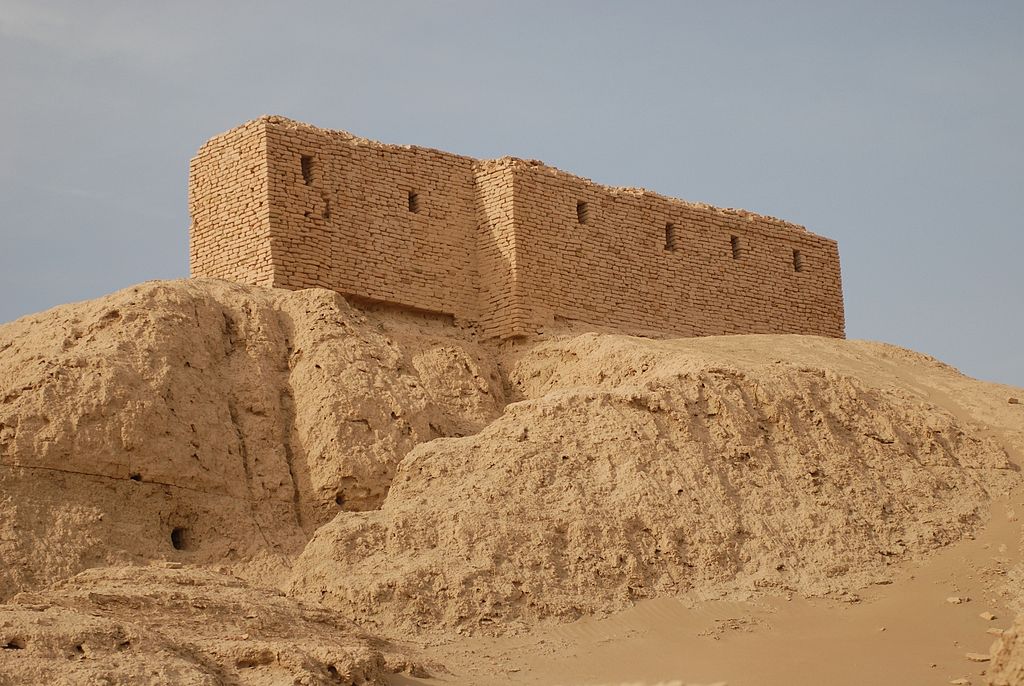
Dating back to around 1900 BCE, the Library of Nippur was situated in the ancient Sumerian city of Nippur, located in present-day Iraq. Excavations have uncovered thousands of clay tablets, making it one of the earliest known collections of literary and scholarly works. Its contents include administrative records, legal documents, hymns, myths, and the earliest known versions of the Epic of Gilgamesh. They were written in Sumerian and Akkadian languages, providing insights into the linguistic and cultural developments of Mesopotamia. The organization of the library suggests a structured approach to the preservation and dissemination of knowledge. The findings from Nippur have significantly contributed to our understanding of early Mesopotamian literature, religion, and administrative systems.
The Hittite Archives at Hattusa
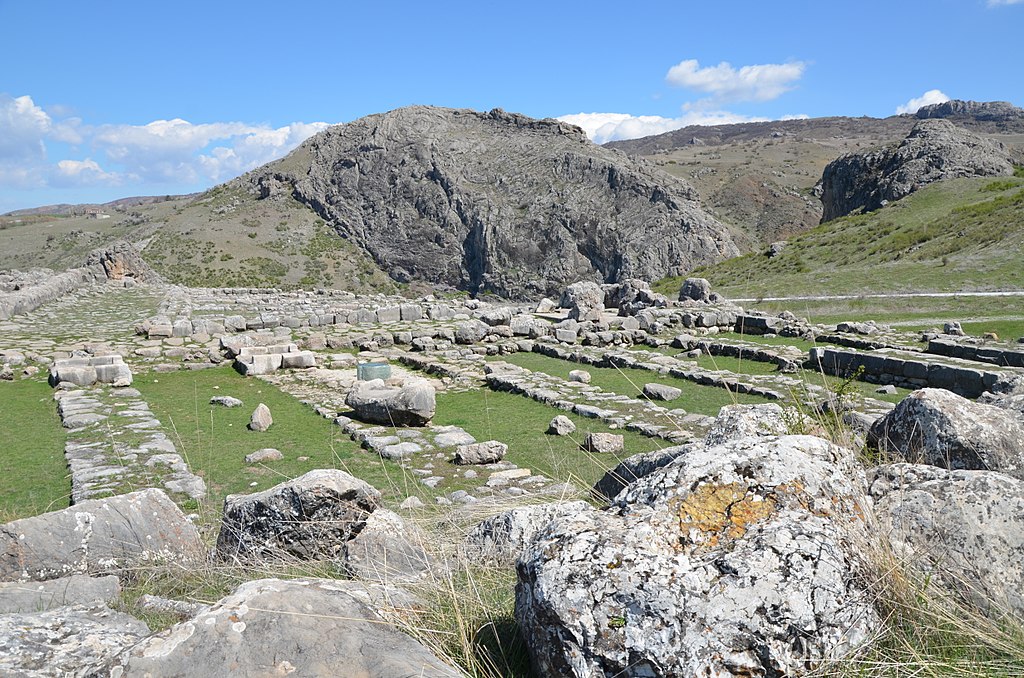
Established around 1600 BCE, the Hittite Archives were located in Hattusa, the capital of the Hittite Empire, near present-day Boğazkale in Turkey. Excavations have revealed over 25,000 clay tablets written in cuneiform script, documenting a wide array of subjects such as legal codes, treaties, myths, and administrative records. Notably, the archives include the Treaty of Kadesh, one of the earliest known peace treaties, concluded between the Hittites and the Egyptians. They were organized systematically, indicating an advanced bureaucratic system. The archives also contain texts in multiple languages, reflecting the Hittites’ interactions with neighboring cultures. The discovery of these records has been instrumental in understanding the political, social, and cultural aspects of the Hittite civilization.
The Ugarit Libraries
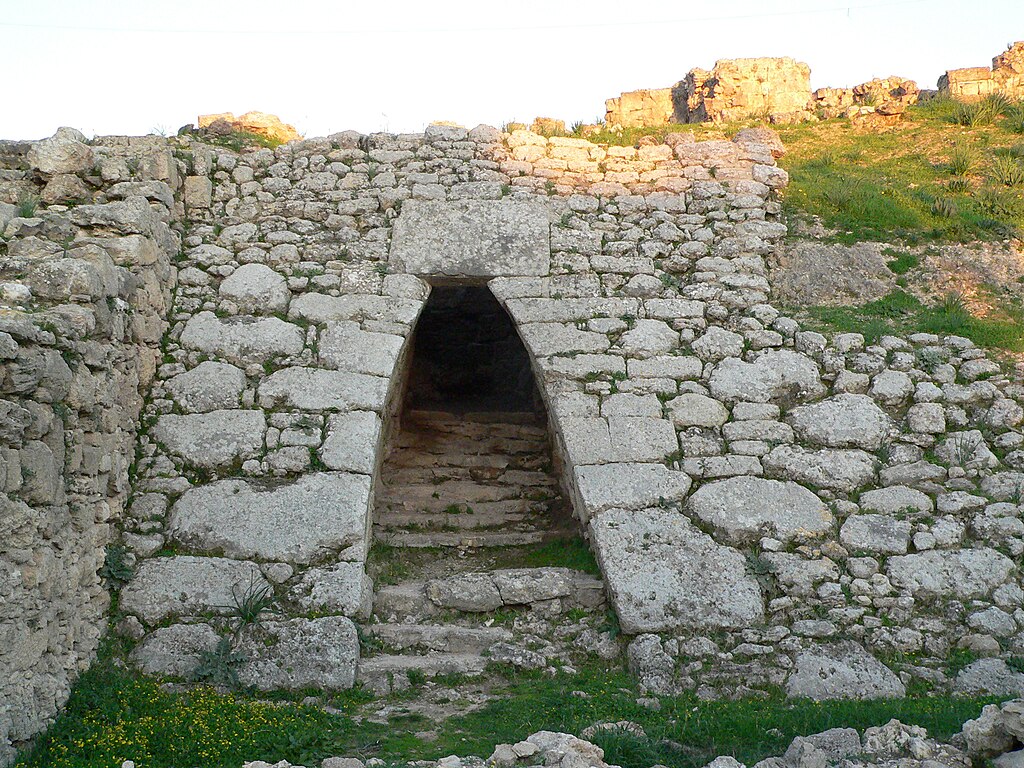
Dating back to approximately 1400–1200 BCE, the Ugarit Libraries were located in the ancient city of Ugarit, near modern-day Ras Shamra in Syria. Discovered in 1929, these archives comprised several collections, including palace and temple libraries, as well as private libraries such as that of the diplomat Rapanu. The thousands of clay tablets unearthed were inscribed in multiple scripts, including Ugaritic cuneiform, which is considered one of the earliest known alphabets. The texts covered a wide range of subjects, including diplomatic correspondence, legal documents, economic records, and literary works. The multilingual nature of the archives reflects Ugarit’s role as a significant cultural and commercial hub in the ancient Near East. The discovery of these libraries has provided invaluable insights into the languages, literature, and administrative practices of the time.
The House of Wisdom
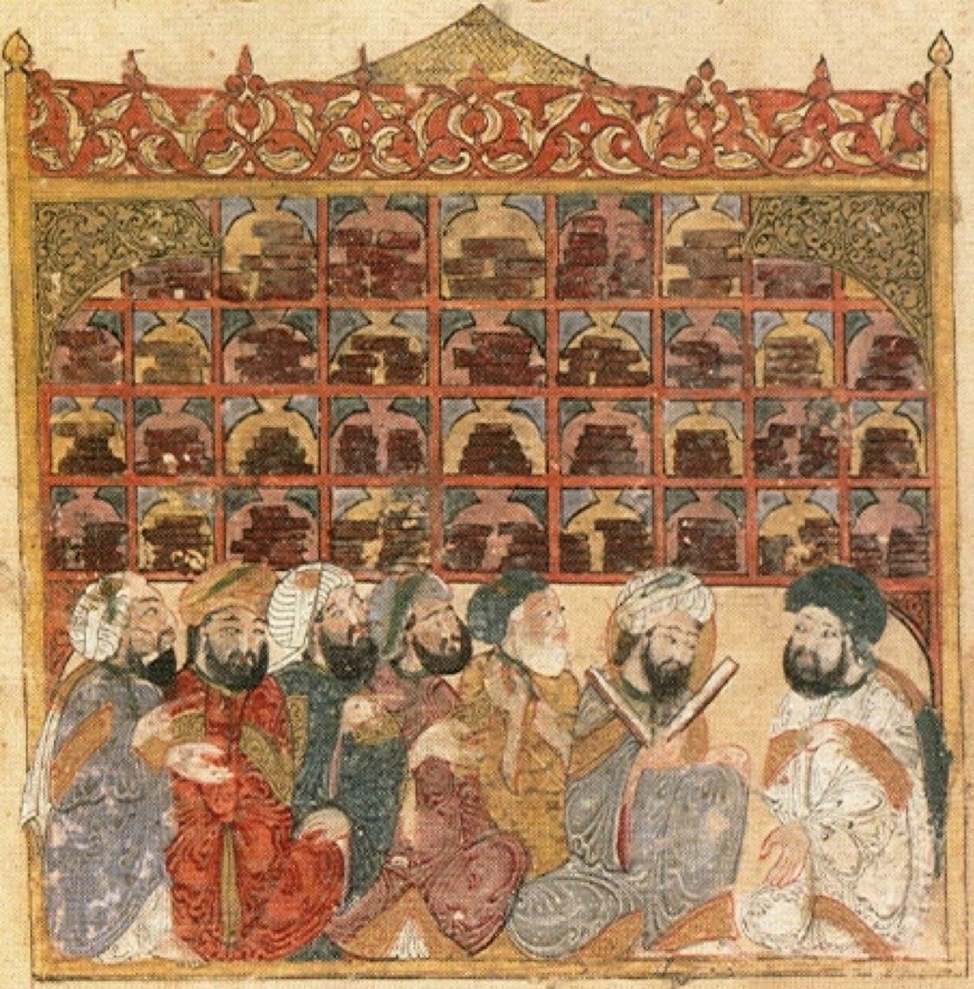
Founded in the early 9th century CE in Baghdad, Iraq, the House of Wisdom was a major intellectual center during the Islamic Golden Age. Established by Caliph Harun al-Rashid and expanded under his son, al-Ma’mun, it functioned as a library, translation institute, and research center. Scholars of various cultures and religions gathered to translate and study texts from Greek, Persian, Indian, and other traditions. The House of Wisdom made significant contributions to mathematics, astronomy, medicine, and philosophy. It was instrumental in preserving and enhancing ancient knowledge, which later influenced the Renaissance. It was destroyed in 1258 CE during the Mongol siege of Baghdad, resulting in the loss of invaluable texts. Its legacy remains a symbol of intellectual flourishing and intercultural exchange in the Islamic Golden Age.
The Library of Ashurbanipal

Founded in the 7th century BCE by Assyrian King Ashurbanipal, this library was located in Nineveh, near present-day Mosul, Iraq. It is renowned as the first systematically organized library in the ancient world. The collection comprised over 30,000 clay tablets inscribed in cuneiform script, encompassing subjects like literature, history, medicine, and astronomy. Notably, it housed the Epic of Gilgamesh, one of the oldest known literary works. It was destroyed around 612 BCE during the fall of Nineveh, but many tablets survived and were rediscovered in the 19th century. These artifacts are now housed in institutions such as the British Museum, providing critical insights into Mesopotamian culture and knowledge. It exemplifies the early efforts to collect and preserve human knowledge systematically.
The Imperial Library of Constantinople
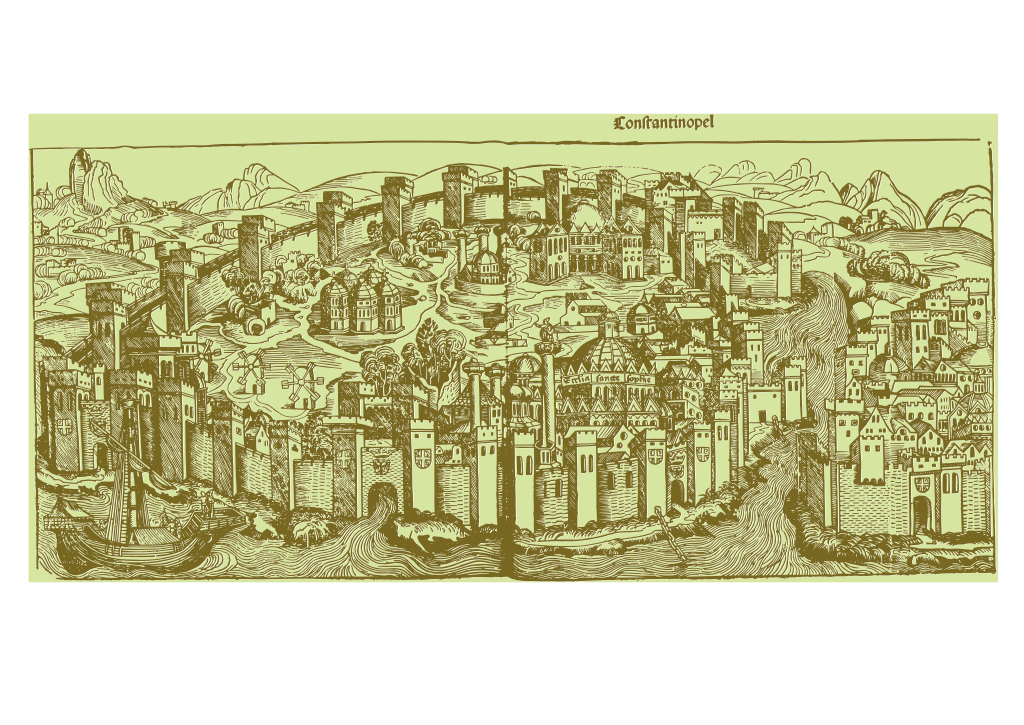
Established in the 4th century CE in Constantinople (modern-day Istanbul, Turkey), it became a central repository of knowledge in the Byzantine Empire. It housed a vast collection of Greek and Roman texts, including many works that might have otherwise been lost. It suffered several setbacks, including destruction by fire in 473 CE, but efforts were made to restore and preserve its contents. Scholars in the Imperial Library played a crucial role in transcribing and preserving ancient manuscripts, contributing to the survival of classical knowledge through the Middle Ages. Its final destruction occurred during the Fourth Crusade in 1204 CE, leading to the loss of countless invaluable texts. While the physical library no longer exists, its impact on the preservation of ancient literature is immeasurable.
The Library of Pergamum

Located in the ancient city of Pergamum, now Bergama in Turkey, this library was established in the 3rd century BCE. It became a major center of learning, second only to the Library of Alexandria, and housed an estimated 200,000 scrolls. It contributed to the development of parchment, known as “pergamena,” as a writing material, especially after Egypt restricted papyrus exports. The collection included works on philosophy, literature, and science, attracting scholars from across the Hellenistic world. In 41 BCE, Mark Antony allegedly gifted the entire collection to Cleopatra to replenish Alexandria’s library. The physical remnants of the Library of Pergamum are scarce, but its legacy endures through its contributions to writing materials and scholarship. The site is now an archaeological area, offering insights into ancient academic life.
The Library of Alexandria
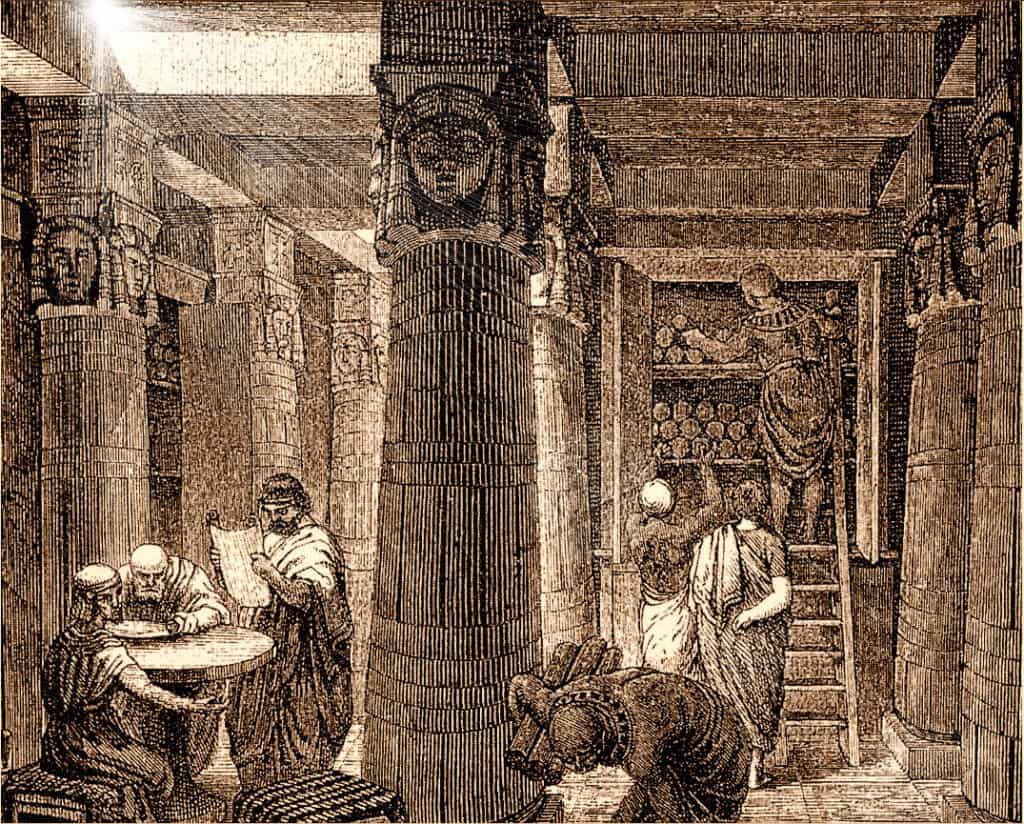
Established in the 3rd century BCE in Alexandria, Egypt, the Library of Alexandria was one of the most significant libraries of the ancient world. Founded under the reign of Ptolemy II Philadelphus, it aimed to gather all known knowledge and housed hundreds of thousands of scrolls. It attracted scholars from various cultures, fostering advancements in science, literature, and philosophy. Its destruction, traditionally attributed to a fire during Julius Caesar’s siege in 48 BCE, remains a topic of debate among historians. Regardless, the loss of the library’s vast collection marked a significant setback in the preservation of ancient knowledge. Today, the Bibliotheca Alexandrina stands near the original site, serving as a modern tribute to its ancient predecessor. It symbolizes the ancient world’s quest for knowledge and the tragic loss of cultural heritage.
The Villa of the Papyri
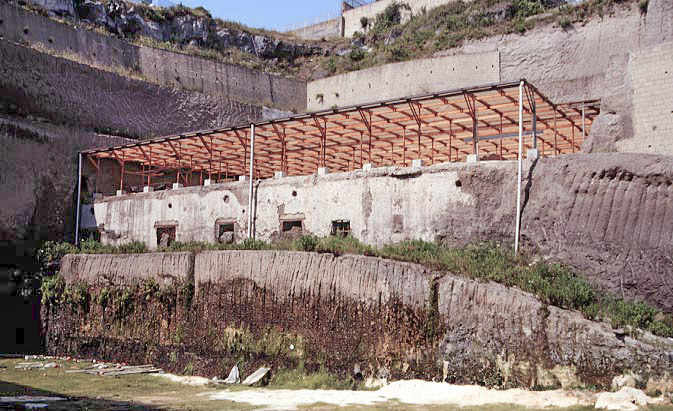
Situated in Herculaneum, Italy, the Villa of the Papyri was a luxurious Roman residence dating back to the 1st century BCE. It is renowned for its extensive library, the only one from antiquity to survive in its entirety. The eruption of Mount Vesuvius in 79 CE buried the villa under volcanic ash, preserving approximately 1,800 carbonized papyrus scrolls. These scrolls primarily contain Greek philosophical texts, many attributed to the Epicurean philosopher Philodemus. Modern techniques, such as multispectral imaging, have allowed scholars to read these charred documents, providing valuable insights into ancient thought. Excavations continue, with the potential to uncover more texts. It offers a unique glimpse into private libraries of the Roman elite and their intellectual pursuits.
This article originally appeared on Rarest.org.
More from Rarest.org
12 Rare Mammals That Live in the World’s Tallest Mountains

High-altitude regions around the world are home to some of the most unique and uncommon mammals on the planet. They have adapted to survive in the harsh, cold, and rugged environments of the world’s tallest mountains. Read More.
20 Exotic Birds With Stunning Plumage Found in Remote Islands

The world’s remote islands are home to some of the most exotic and visually stunning birds on the planet. These unique species often develop vibrant plumage and fascinating behaviors, thriving in isolated habitats far from human disturbance. Read More.
22 Uncommon Mammals Found Only in Dense Rainforests

Dense rainforests are home to some of the world’s most unique and mysterious mammals. These environments, rich in biodiversity, provide the perfect habitat for species that thrive away from human eyes. Read More.
